In the 1930s, Joseph Stalin deported thousands of political opponents and prisoners to a barren, isolated gulag with so little food that it would soon become known as "Cannibal Island."
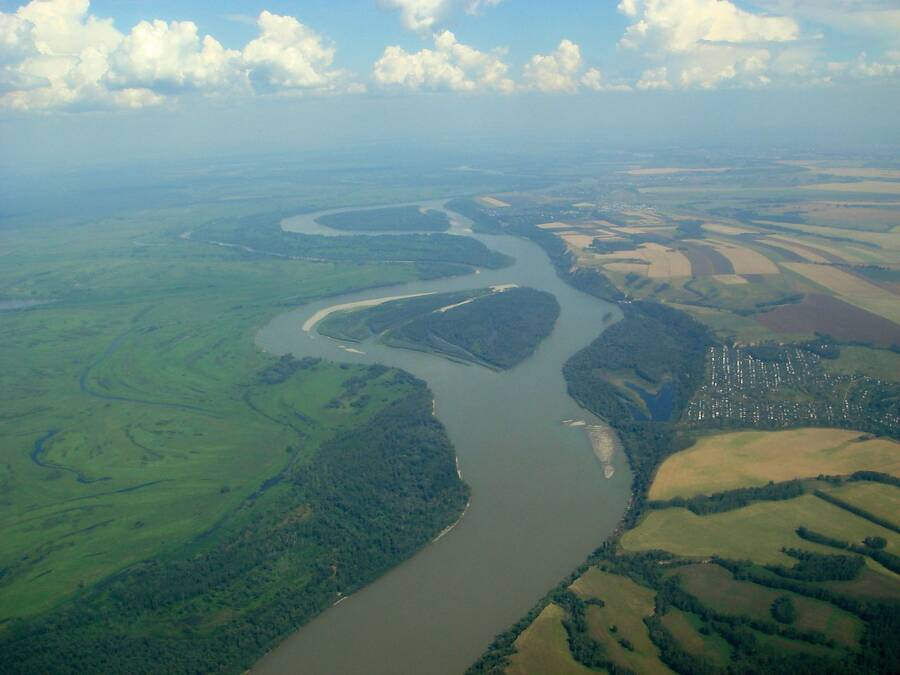
Ondřej Žváček/Wikimedia CommonsOb River, where Nazino Island is located.
There’s an isolated speck of land in the middle of a Siberian river called Nazino Island. Far from civilization, it’s a quiet place today. But the island has a dark past. It was once known as “Cannibal Island.”
In May 1933, over 6,000 Soviet prisoners were sent to the island to construct a settlement as part of Joseph Stalin’s network of gulags. Overcrowded on the island — which was less than two miles long and about 2,000 feet wide — and without shelter, food, or tools, the prisoners were forced to turn to extreme and violent measures in order to survive.
Within three days, many started to turn to cannibalism. Between that, disease, and starvation, just 2,000 of the prisoners were still alive by the time the Soviets shut down the island in July.
And though reports of what happened on Nazino Island were initially hidden from the public, the horrors that happened there eventually came out.
Sending Soviet Prisoners To Nazino Island
The story of how Nazino Island came to be known as Cannibal Island begins with Soviet dictator Joseph Stalin. After he took power following the death of Vladimir Lenin, Stalin vastly expanded the network of Soviet gulags, labor camps where his government could send anyone seen as “undesirable.”
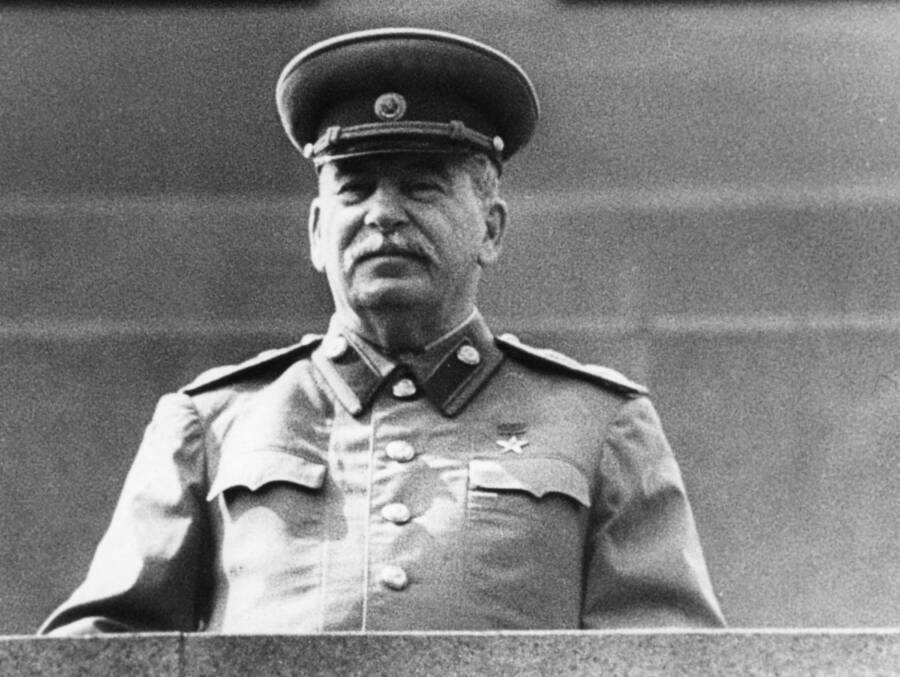
Sovfoto/Universal Images Group via Getty ImagesThe Soviet network of gulags vastly expanded under Joseph Stalin, leading to the establishment of settlements on places like Nazino Island.
These camps served a dual purpose. Not only did they remove “undesirables” from Soviet society, but they could also, in theory, create self-sustaining communities in far-flung corners of the Soviet Union.
Nazino Island was one of these far-flung locales chosen for settlement. The only problem was finding people to populate it. The people sent to Nazino Island were a mix of criminals, the unemployed, and innocent civilians who’d been arrested for not having the proper paperwork, like a domestic passport.
“I didn’t do anything,” one of the prisoners recounted according to Radio Free Europe. “I was a student in Moscow. On the weekend, I went to visit my aunt, who lives in Moscow. I got to her apartment and knocked on the door, but before she opened the door, they grabbed me right there. I was arrested because I didn’t have my passport with me.”
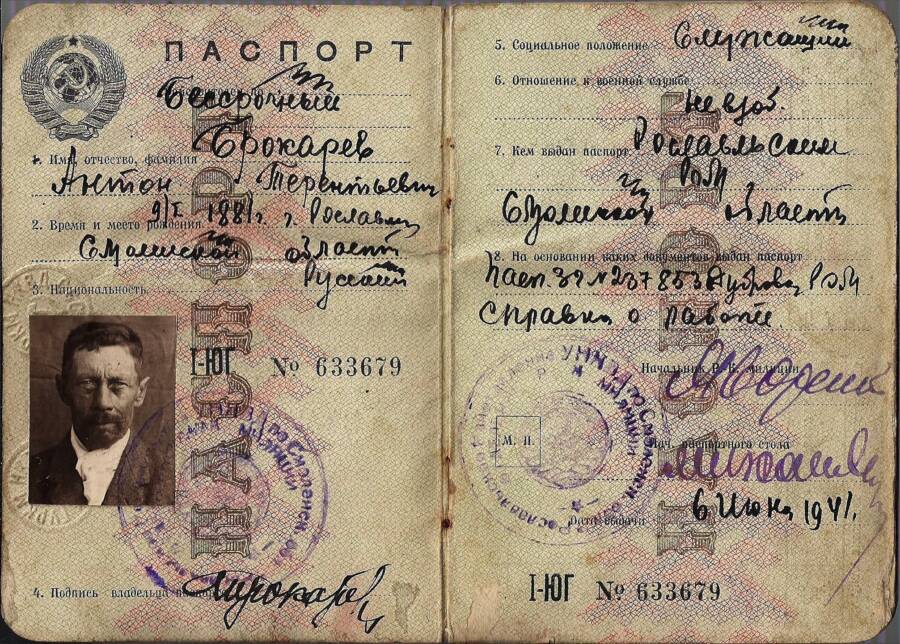
Our Passports/XAn example of an internal Soviet Union passport.
In May 1933, the first boatload of Soviet prisoners arrived at Nazino Island. Though some two dozen had died during the voyage, about 3,000 had survived. They were dumped on the island’s shores with no food, no tools, and nowhere sheltered to sleep. Despite this, the boats kept coming. And the island’s population soon swelled to more than 6,000.
Crowded together, the prisoners soon turned to extreme measures to survive.
How Nazino Island Became Cannibal Island
It didn’t take long for desperation to flare among the prisoners on Nazino Island. They had nothing to eat. Atlas Obscura reports that, without shelter, almost 300 people didn’t survive the first, frigid night. And flour, given to the prisoners by their Soviet guards, only made things worse. The prisoners had no ovens or tools so some mixed it with dirty river water and died of dysentery. Others ate it raw — and suffocated on the powder.
“Every fourth or fifth day, some rye flour was brought to the island and distributed to the settlers, a few hundred grams each,” Soviet official Vasily Velichko wrote in a report of the conditions on Nazino Island that remained secret until 1994. “After getting the ration, the people ran to the water and mixed it with the flour in their hats and ate it. Many people just ate the flour as it was, and since it was a powder, many suffocated from breathing it in.”
Within days, the prisoners started turning to cannibalism.
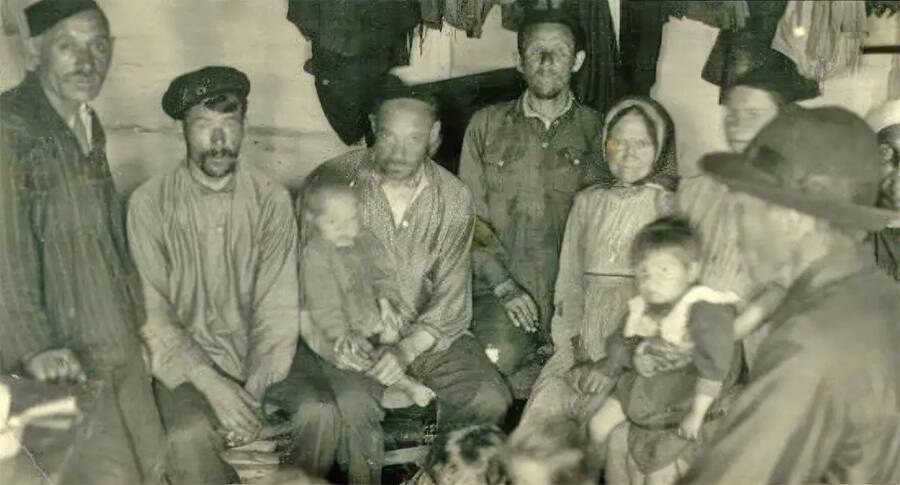
Radio Free Europe/Radio LibertyA group of “settlers” sent to Narym, where Nazino Island is located.
“I only ate livers and hearts,” one surviving prisoner later told Soviet officials. “It was very simple. Just like shashlik… I picked those who were not quite living, but not yet quite dead. It was obvious that they were about to go – that in a day or two, they’d give up. So it was easier for them that way.”
Others, however, weren’t as sympathetic to their victims. Radio Free Europe reports that female prisoners were tied to trees and had their breasts, calves, and other body parts cut off.
“They did that to me on the Island of Death,” one woman, who incredibly managed to survive after her fellow prisoners cut off her calves, recounted to residents of a nearby village afterward.
Another account describes how a different woman, who was the lover of a camp guard named Kostia, was gruesomely murdered and eaten by prisoners on Cannibal Island.
“People caught the girl, tied her to a poplar tree, cut off her breasts, her muscles, everything they could eat, everything, everything,” a witness recalled according to History Collection. “They were hungry… they had to eat. When Kostia came back, she was still alive. He tried to save her, but she had lost too much blood.”
Many tried to flee Cannibal Island. But few made it very far. If their crude rafts didn’t sink immediately into the river, they were shot by guards who hunted them for sport. And even if they did make it to the opposite bank, they had to survive the harsh Siberian wilderness alone.
Of the more than 6,000 people who were sent to Nazino Island, only around 2,000 were still alive by the time the island was evacuated in July. That month, the survivors were sent to other labor camps. But only a handful of them were in working condition, and almost all were physically and psychologically scarred.
The Bloody Legacy Of Cannibal Island
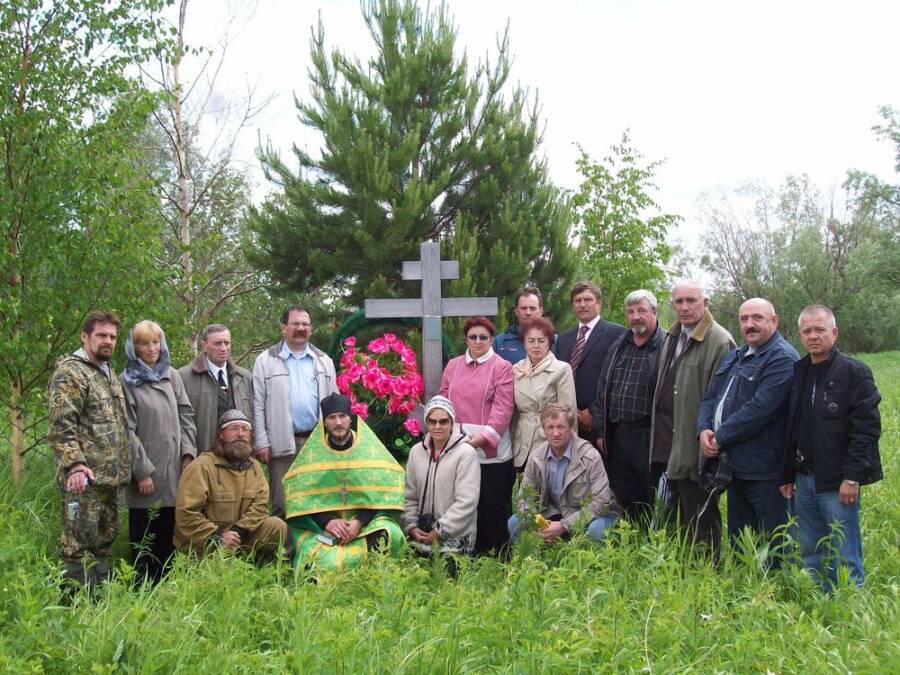
NKVD Investigation Prison Memorial MuseumEvery June, a ceremony is held both on the island and in a nearby town to commemorate the victims who died on Cannibal Island.
Once Cannibal Island was evacuated and shut down, Soviet official Vasily Velichko interviewed dozens of people and sent his report to his superiors.
“People began dying,” Velichko’s report read, in part. “They burned to death alive while sleeping close to the fires. They died from exhaustion and cold.”
Radio Free Europe reports that Velichko’s report caused significant alarm among Moscow officials, who investigated the shocking allegations and found that most of them were true. Some of the Nazino Island camp guards were briefly imprisoned, but the truth about the island was hidden from the public for decades. Even Velichko stayed quiet about it.
The horrors of what happened on Cannibal Island finally came to light in 1994. Today, a group of locals travel to the island to lay flowers at the base of a wooden cross every year. They hope to honor the memories of the people who violently lost their lives on the island in 1933.
Almost one hundred years after the first boat of “settlers” arrived, Nazino Island seems like a quiet place. Aside from the wooden cross, there’s no hint of the horrors that took place on its shores.
Now that you’ve read about Cannibal Island, learn 21 astounding Joseph Stalin facts that even history buffs don’t know. Then read about Issei Sagawa, the killer cannibal who is walking free, as well as the murder and cannibalism of Michael Rockefeller.





